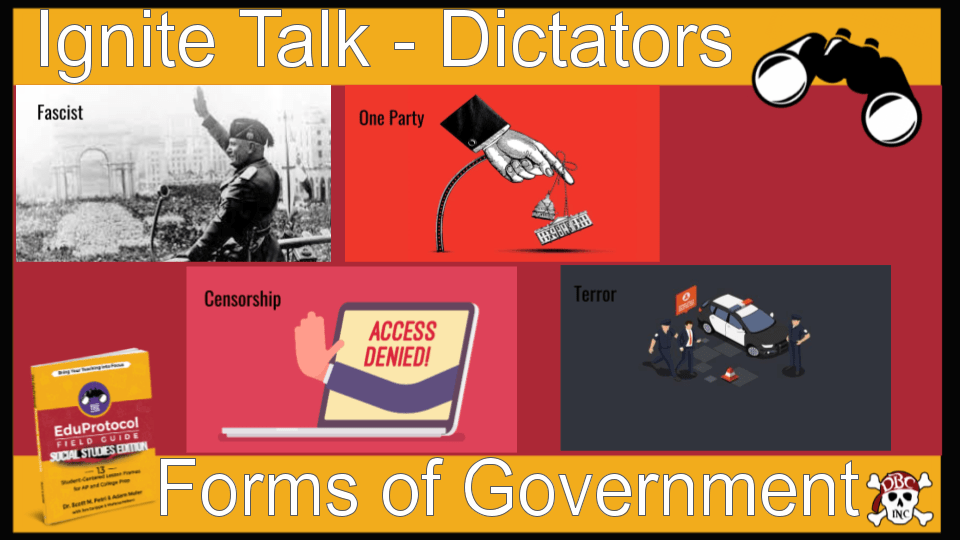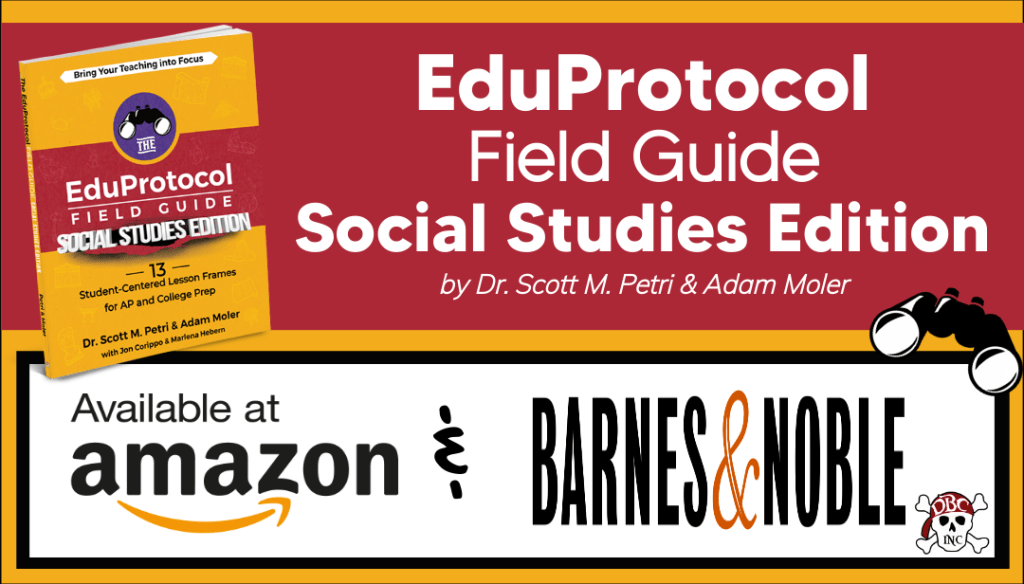Corroboration is a discipline-specific skill in Social Studies, but it can be used in all subjects to teach students how to analyze or explain data from multiple sources. This post will smash a corroboration activity with Nacho Paragraph using an I do-We do-You-do format to improve student writing with EduProtocols.

For this activity, I asked my 10th-grade World History students to pull some facts from the movie Marie Antoinette by Sofia Coppola and compare them to the facts that are presented in their textbook. My students can typically make 5-10 corroborations in one class period. The more complicated next step is showing them how to select multiple facts to create a line of reasoning.

I selected the above as a mentor text and modeled a think-aloud strategy with it where I showed students how to elaborate on the fact pattern and add page numbers with in-text citations. There were two learning objectives: 1) Students will learn how to create in-text citations for authors & academic sources. 2) Students will strengthen their line of reasoning by using evidence from multiple sources.

Not bad, but you don’t want to say “they” in academic writing. You should clearly be citing your sources in MLA or APA format and it should be an academic source. Let’s try – try again. Instead of saying “source one” and “the movie”, let’s give them some more formal attribution.

Much better. Notice how the in-text citations position the writer as an expert. By creating a fact pattern about King Louis using multiple sources, this author has established themselves as ready for the academic writing demanded by AP or other college-level classes. If your students struggle to craft academic or even grade-level writing, EduProtocols can save those who suffer when paraphrasing, citing their sources, or completing a paragraph. Your students won’t rely on ChatGPT if you rotate ParaFLY, Nacho Paragraph, and 3XCER into your regular instruction. You can give your students more writing practice with less prep and grading time on your part.








